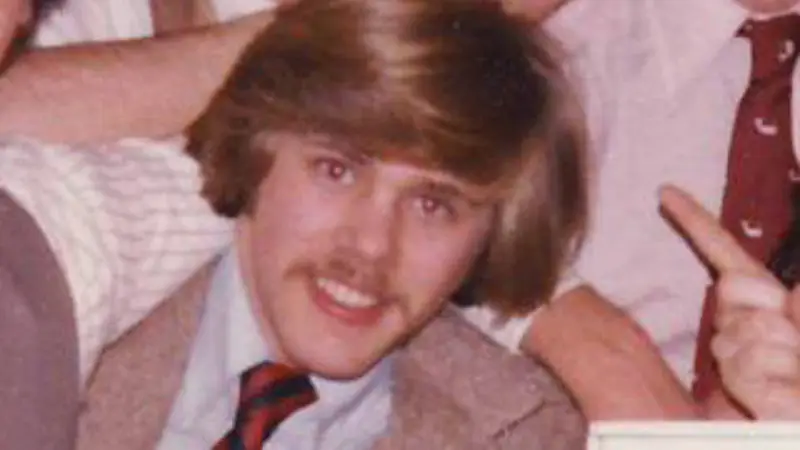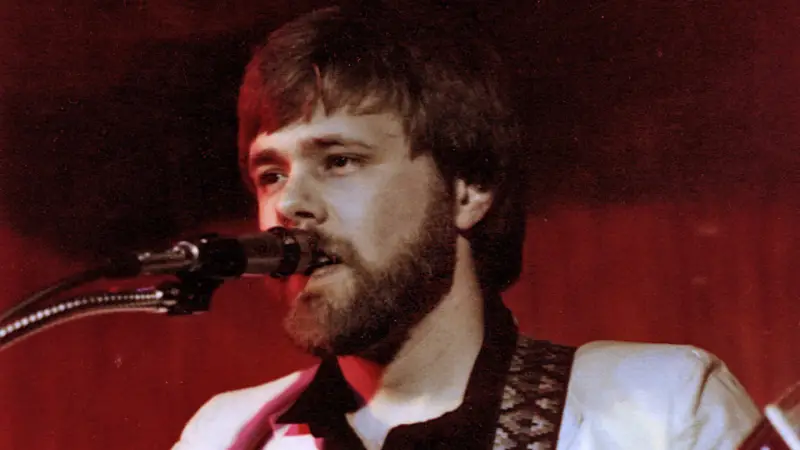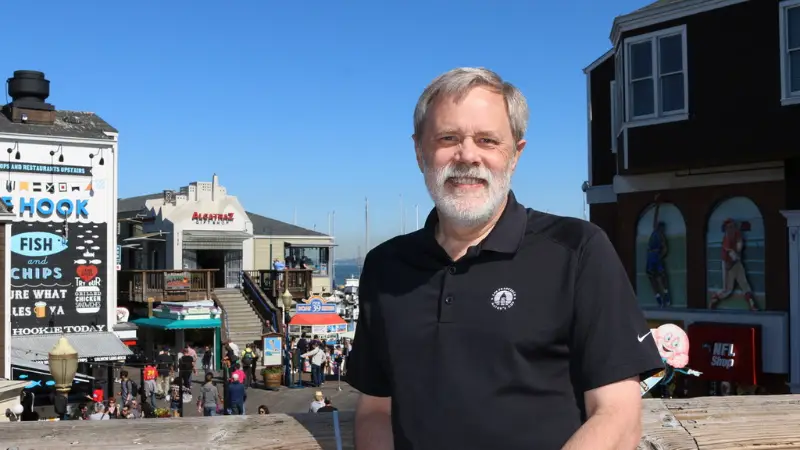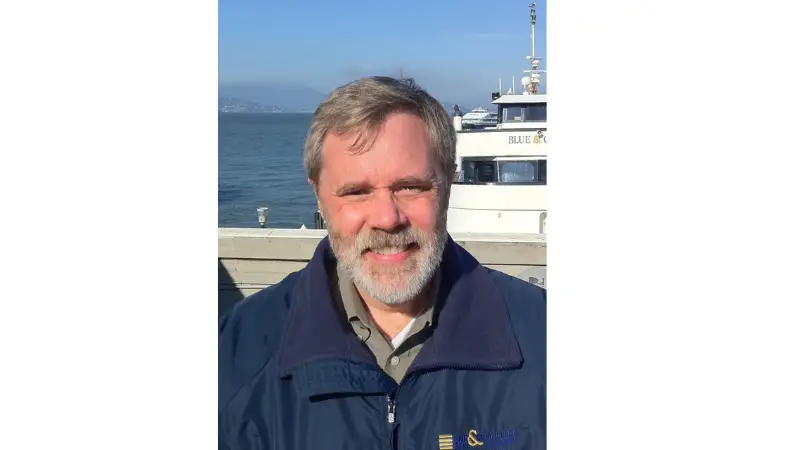Featured Photo: Taylor Safford
When Mill Valley resident Taylor Safford started working at San Francisco’s Pier 39 as an attendant at the arcade in 1979, he had no idea what the future would have in store for him. As it turned out, Safford, who earned his bachelor’s degree and MBA from San Francisco State University, ended up climbing all the way up to CEO of the place by 2012. He’s also been a long-time advocate for the San Francisco travel industry, having served on the boards of the San Francisco Tourism Improvement District, the United States Travel Association, San Francisco Chamber of Commerce and the San Francisco Travel Association.
At the end of 2022 after more than four decades at the company, Safford retired and handed over the reins to incoming Pier 39 CEO Scott Gentner, who previously served as CFO. We caught up with Safford to find out how he got his start, what changed over the years and what motivated him to stay for so long — a rarity in these job-hopping days.

Tell us about your first job at Pier 39.
In 1979, I found a job at Pier 39’s very large arcade, called the Palace of Fun Arts, shortly after the pier opened. The job involved making change for customers, running the bumper car and carousel rides, and working the various games of skill on the midway.
Of all the positions you’ve held at Pier 39 over the years, which one was the most rewarding?
I was fortunate to hold many positions of responsibility at the company, but becoming CEO in 2012 was the most personally rewarding.
Which accomplishment are you most proud of?
In 2005, when I was CFO at one of the company’s divisions, we lost a very large and longstanding contract in a competitive bid. That one contract represented half of our revenues and nearly 80% of our earnings, and losing it nearly bankrupted the company. The president of the company left shortly thereafter, and I was offered the job. Together with a very dedicated group of employees, we restructured the company’s debt in time to avoid bankruptcy, refocused on building sales of our other great products, and within two years stabilized the finances enough to win a new long-term contract that gave us the footing for growth that we needed. It was a wild ride, and the toughest but best business experience I could’ve gained.
What was your biggest challenge during your career?
Successfully navigating the perilous journey through Covid-19 while I was CEO at Pier 39 was incredibly challenging. The pandemic devastated the travel industry. When the city ordered nonessential businesses to close in March 2020, my team and our ownership quickly realized that saving our 100-plus retail, restaurant and attraction tenants would be the key to the company’s survival. The effects of the roller coaster ride that ensued are still rippling across the world’s economy, but I’m very happy to be able to say today that Pier 39 retained 95% of its tenants — a remarkable feat — and has recovered enough to re-hire almost all of its laid-off employees.

What’s your best Mother Nature story?
That would have to be the arrival of the sea lions in 1990. There were always a few sea lions swimming around the bay near the pier, but soon after the Loma Prieta earthquake even more suddenly started showing up. Then, a few began regularly hauling out on the docks in our marina. Conflicts between these very large animals and the slip owners who wanted to get to and from their boats caused management to reach out to the Marine Mammal Center in Sausalito for advice, and the affected tenants were relocated.
What happened then?
Once the boats were moved, the number of sea lions on K Dock grew even larger. When visitors started coming back to the pier after the earthquake, they created a buzz about these new “residents” in our marina and how much fun they were to watch. Soon management was taking calls from national and international press wanting to cover this fun and unusual story. What followed was nothing short of miraculous and ironic: Today, the sea lions are the number one draw at the pier and 80% of our visitors go and watch them (the miracle), and you still can’t get closer to a wild herd of these animals anywhere in the country (the irony).
Why did you stay with Pier 39 for so long?
I’d never been to a boardwalk before I came here in 1979, and was captivated by Pier 39 from the very first moment I got there. The pier is a busy attraction, and the property has an incredible energy that’s an amalgamation of the sights, sounds and smells of what you experience when you’re there. The incredible views and fun mix of shops, restaurants and attractions makes everyone feel good (after all, many are on vacation) and lets them have fun. This energy, along with good career opportunities and the fantastic people who work there, made it easy to stay.

How has Pier 39 and the waterfront changed since you started?
The first major change came when the Loma Prieta earthquake caused the Embarcadero Freeway to be taken down, opening up vistas and creating opportunities for redevelopment all along the waterfront. The opening of the Muni F Market line in 1995 also allowed San Franciscans and visitors to get to the pier more easily and in larger numbers. In 1996, the Aquarium of the Bay opened at the pier, adding an important environmental and educational component to its attractions.
What have been the best upgrades over the years?
The opening up of the Embarcadero as a promenade has allowed so many more San Franciscans to come down and enjoy their waterfront. You can make the easy walk from the San Francisco Ferry Building to Pier 39 in about 20 minutes. The views are breathtaking and the people watching along the way is always entertaining.
What made you decide to retire?
I wanted to have more time for travel with my wife, Kathleen. From a business standpoint, it’s important that leadership roles turn over semi-regularly to keep things creative and fresh. I’d been the CEO for a decade and accomplished many of the things I set out to do. It was time for a change.
For visitors, what’s the ideal day at Pier 39?
Arrive in the morning around 11am, just as the stores are beginning to open. First, go see the sea lions before the crowds arrive. Next, do some window shopping and check out the Pier’s unique shops. Then it’ll be time for lunch, so have a look at the menu boards and figure out where you want to eat. After lunch, head to The Flyer, Plunge, Mirror Maze, carousel or 7D Experience — or better yet, try them all! Next head over to Blue & Gold Fleet for a tour of the bay. If you’ve never been under the Golden Gate Bridge, then you simply have to take a tour (added bonus: the best views of the city are from the water). After the tour, you’ll want a little pick-me-up. The pier has the best treats: cookies, candy, fudge, ice cream, cotton candy, funnel cakes — you name it. Then, head to Aquarium of the Bay to learn about their sharks, eels and jellyfish, and you can even pet a few bat rays while you’re there. You’ll be exhausted, but grinning.

What should visitors eat at Pier 39?
Fisherman’s Wharf is all about the seafood, and visitors should look for the freshest local catch prepared in simple, but creative ways — there are always fantastic options to choose from.
What’s the best time of year to visit?
The incredible weather and smaller crowds make the fall an ideal time of year to visit the pier. The pier is the best place to see the Blue Angels during Fleet Week because the pilots use the property as a point of reference, and they make a lot of low, high-speed passes directly overhead. Of course, the holidays at the pier are always festive — it’s a great place to put you into the holiday spirit.
How has San Francisco tourism changed in the past four decades?
The domestic travel markets have grown slowly but steadily over the last four decades, while international travel has evolved more slowly. Historically, visitation to Pier 39 has been one third from California (of which 20% are from the Bay Area), one third from the U.S. outside of California and one third international. From the 1980s to the mid-’90s, the Japanese group travel market dominated the foreign leisure travel market here. After a long recession began, the Japanese market trailed off and international travel was dominated predominantly by Europe. In 2005 the Chinese economy became red hot and its travel restrictions to the U.S. began to ease. Within five years airlines had significantly increased the number of flights to and from San Francisco. This helped China quickly become the number one international travel market to San Francisco, and it remained number one until Covid-19 hit.
What kind of fiscal impact did that have?
Foreign visitors spend four to five times more than domestic visitors do, on average, so their impact on the local economy is disproportionately high. The pandemic decimated all foreign travel, and even disrupted domestic travel, which created an enormous hole for the travel sector to dig out of. Full recovery to 2019 visitor levels is still a few years away.
What do you miss most about spending every day at Pier 39?
I miss the sounds of children squealing with glee on the bungee trampoline that sits just below my office window. Those delightful sounds, mixed with the tantalizing smells of the meals and treats being prepared, are forever burned into my memory.
What do you plan to do in retirement?
I have many hobbies that will keep me busy, and Kathleen and I love to travel. We’re looking forward to extended trips to go exploring together.
Any advice to share with your successor, Scott Gentner?
It’s the greatest job in the world, and Scott is going to be a wonderful CEO. He shouldn’t be afraid to take chances and make mistakes — I hope he enjoys the job as much as I did.
Looking for more things to do in the area?
Visit our What to Do in Northern California page!


